Optimal Timing for Concrete Leveling
Concrete levelings are most effective when performed during specific weather conditions and seasons. Proper timing ensures optimal adhesion and durability, reducing the risk of future settling or cracking.

Spring offers moderate temperatures and moisture, ideal for concrete leveling projects.
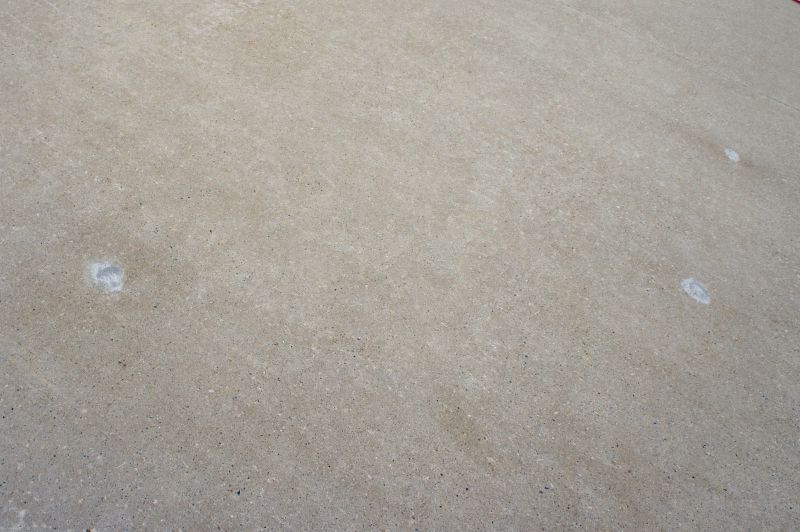
Summer provides warm weather, but excessive heat can affect curing times and material performance.
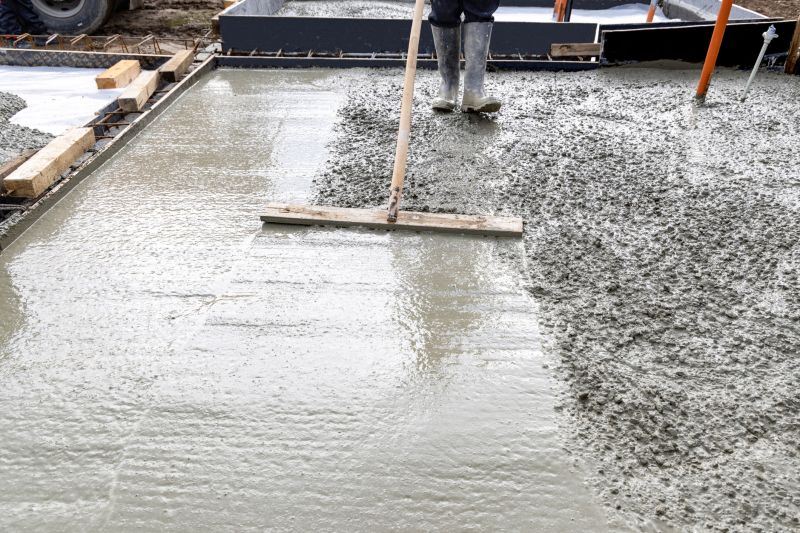
Fall allows for completion before winter, with cooler temperatures helping set the concrete properly.
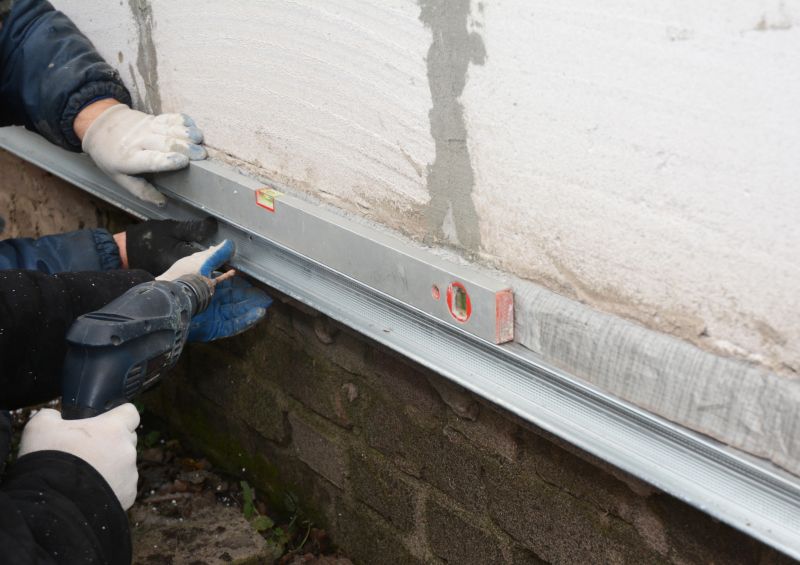
Ways to make Concrete Levelings work in tight or awkward layouts.
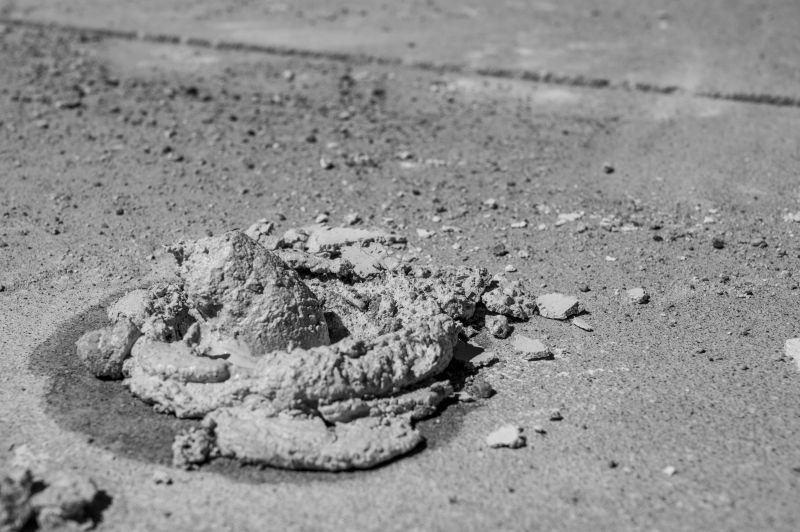
Popular materials for Concrete Levelings and why they hold up over time.
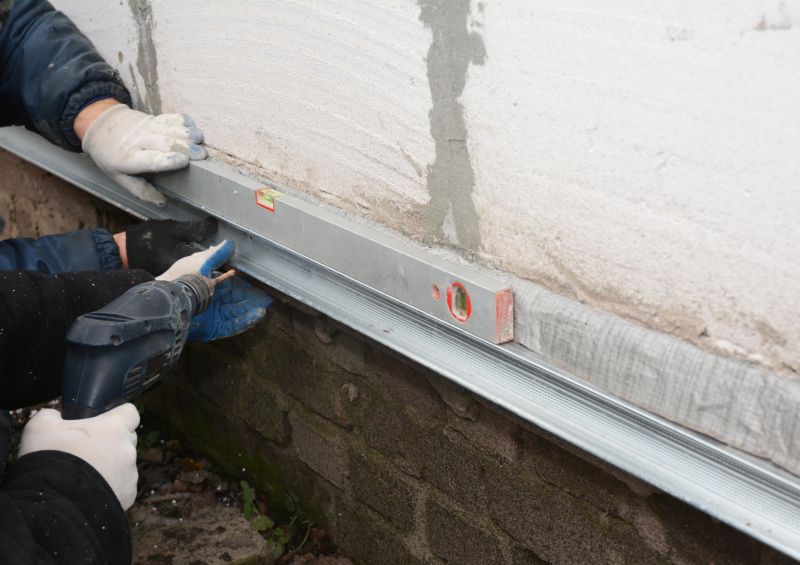
Simple add-ons that improve Concrete Levelings without blowing the budget.
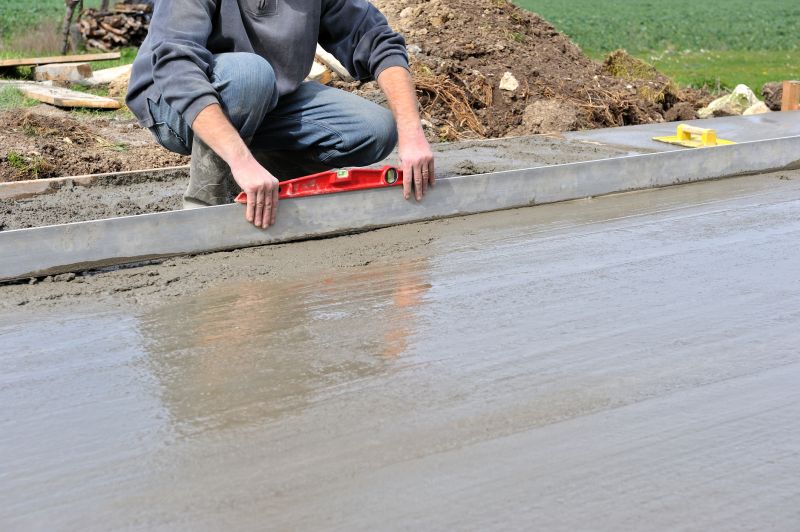
High-end options that actually feel worth it for Concrete Levelings.

Finishes and colors that play nicely with Concrete Levelings.
Timing is crucial for concrete levelings to achieve long-lasting results. Cold temperatures can hinder the curing process, leading to potential issues with the stabilized surface. Conversely, extreme heat may cause rapid drying, affecting the adhesion of leveling compounds.
Concrete leveling is best performed when temperatures are between 50°F and 85°F.
Winter temperatures below freezing can prevent proper curing and cause further settling.
These seasons typically provide stable weather conditions suitable for concrete leveling.
Monitoring local weather forecasts helps determine the optimal time for leveling projects.
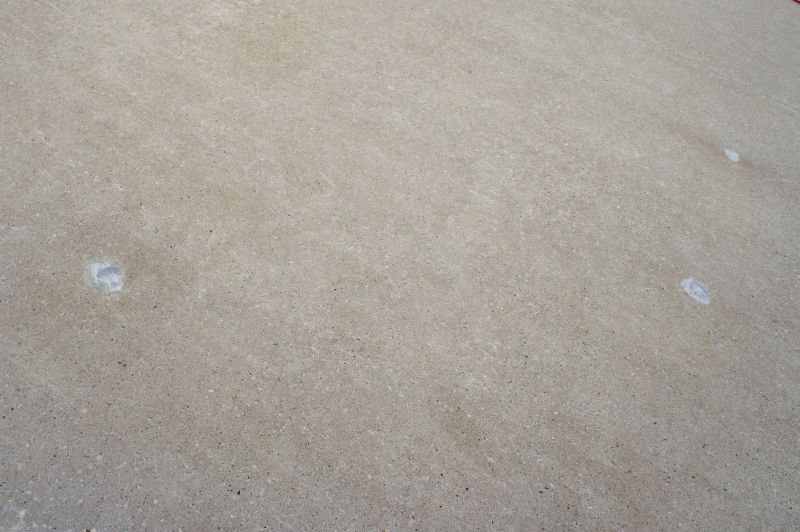
Moderate temperatures and increased moisture levels are ideal for concrete leveling.
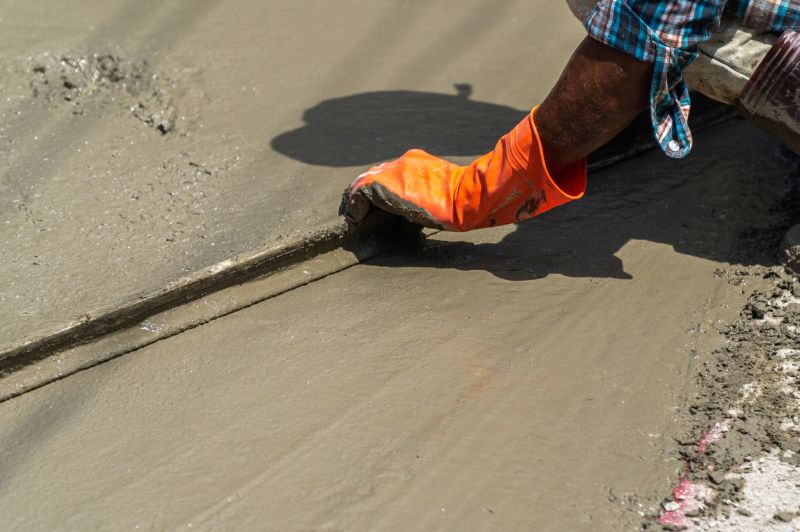
High temperatures can accelerate drying, requiring adjustments in application timing.

Cooler fall weather supports proper curing before winter sets in.

Freezing temperatures can cause the concrete to crack or settle unevenly.
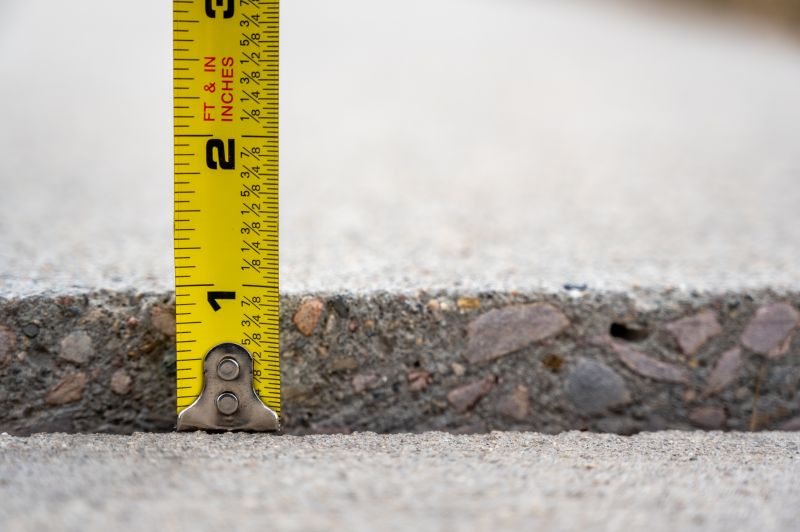
Little measurements that prevent headaches on Concrete Levelings day.
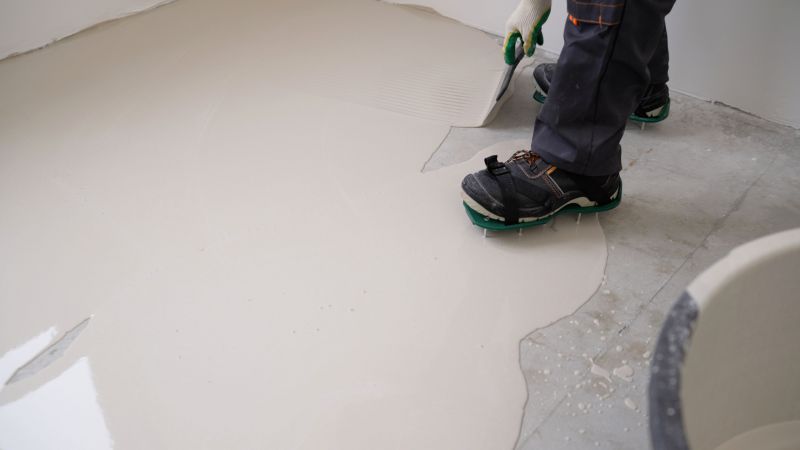
A 60-second routine that keeps Concrete Levelings looking new.
Understanding seasonal variations and weather patterns can significantly impact the success of concrete leveling. Proper planning ensures the surface remains stable and durable over time, avoiding costly repairs or rework.
| Season | Recommended Conditions |
|---|---|
| Spring | Mild temperatures, moderate moisture, no frost |
| Summer | Warm weather, avoid extreme heat |
| Fall | Cooler temperatures, dry conditions |
| Winter | Not recommended unless climate is mild |

Prepare surfaces during spring for optimal leveling results.
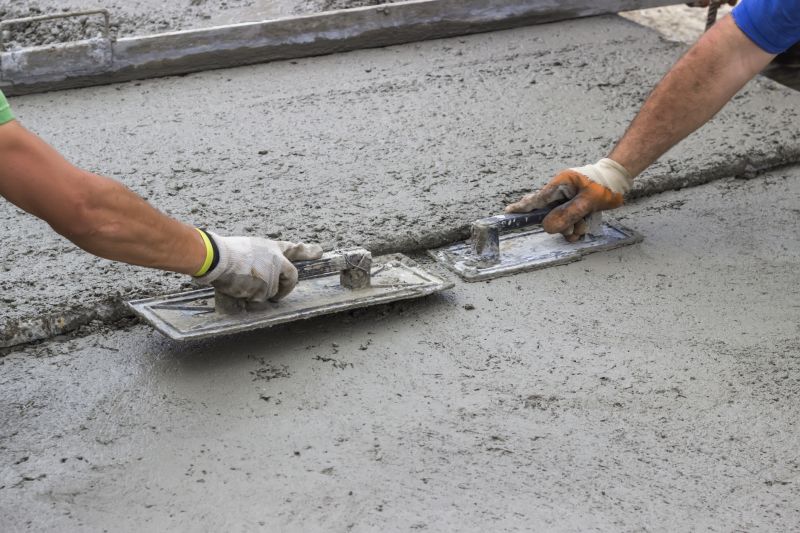
Perform leveling early in the morning or late afternoon to avoid heat stress.
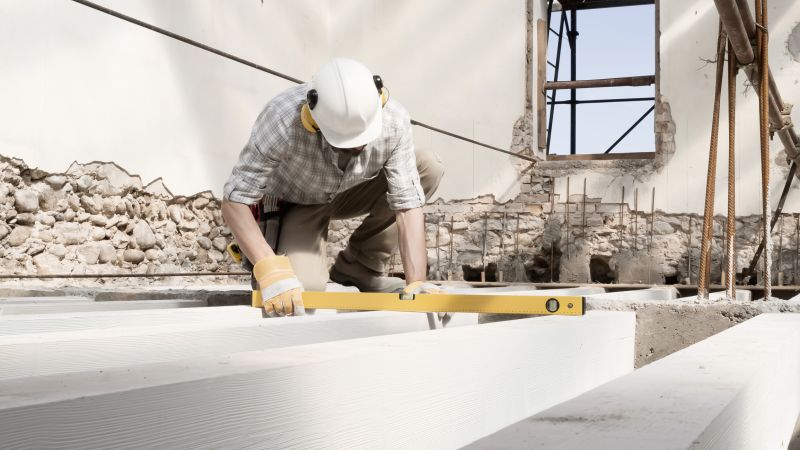
Finish projects before temperatures drop significantly.
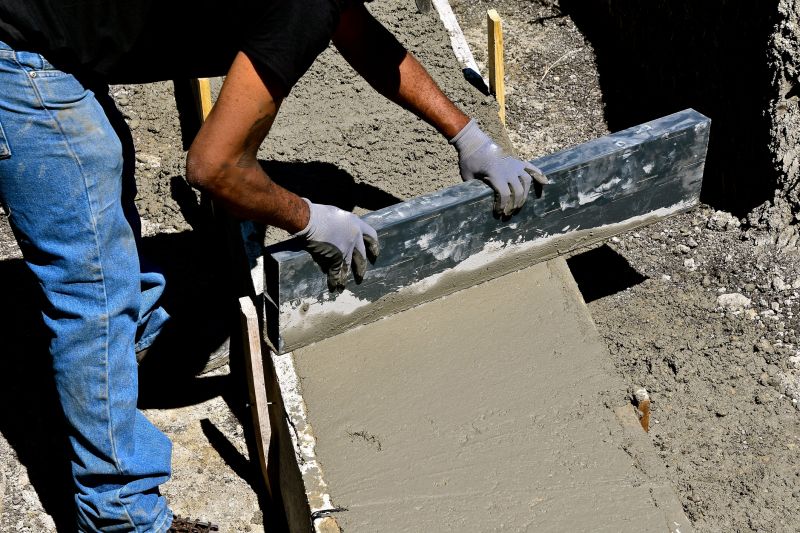
Avoid leveling during freezing conditions to prevent issues.

A frequent mistake in Concrete Levelings and how to dodge it.

Small tweaks to make Concrete Levelings safer and easier to use.

Lower-waste or water-saving choices for Concrete Levelings.

The short, realistic tool list for quality Concrete Levelings.
Choosing the right season and weather conditions for concrete leveling can lead to improved durability and performance. Proper timing minimizes the risk of future settling, cracks, and uneven surfaces.
Interested in scheduling a concrete leveling project? Filling out the contact form provides an opportunity to discuss timing options suitable for specific needs and local climate conditions.

